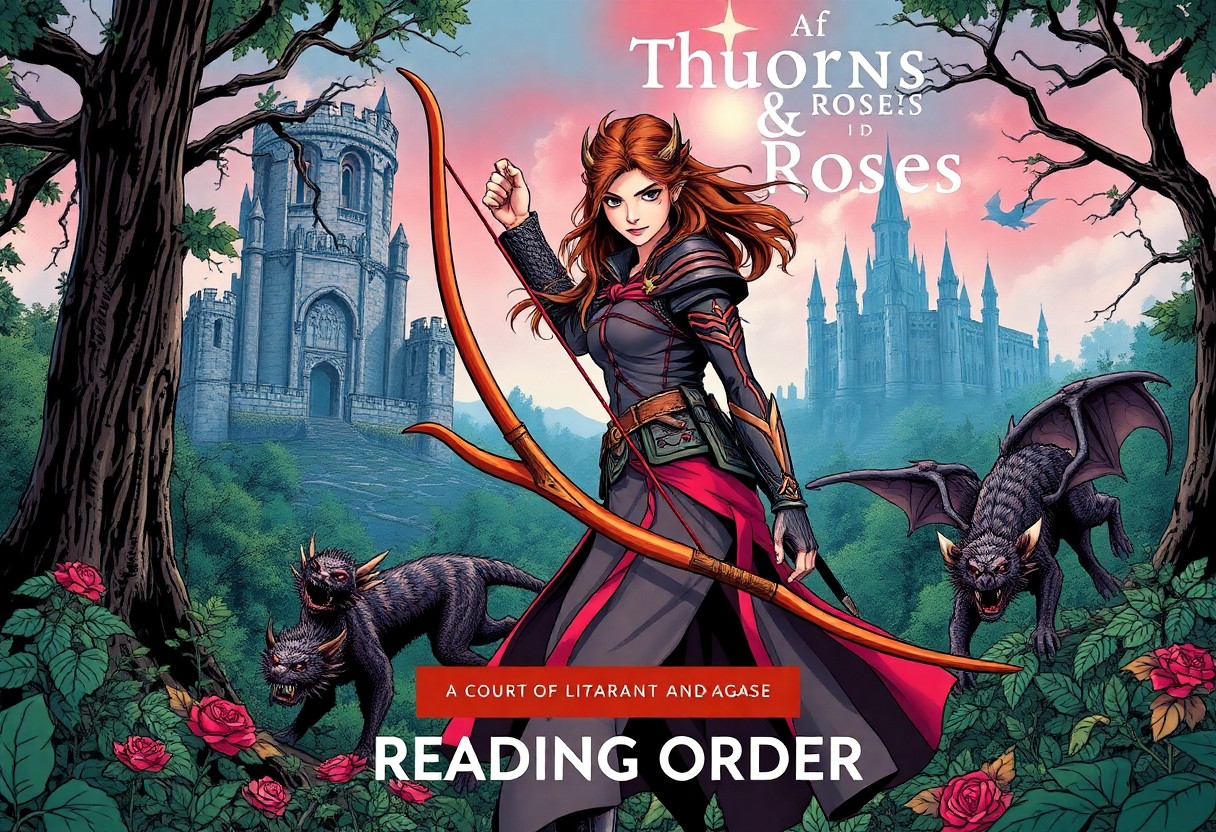Self-care begins with understanding, especially when someone you love has Borderline Personality Disorder. In my experience, Stop Walking on Eggshells offers valuable insights that help us navigate the complexities of this disorder. As we explore its clinical perspectives together, this book provides clear explanations and real-life examples that resonate with our situations. I discovered it through The Book Dock and found it to be a guiding resource for families like ours seeking to comprehend and cope with the challenges BPD presents in relationships.
The Unseen Burden of Borderline Personality Disorder
Borderline Personality Disorder casts a long shadow not just on the individual diagnosed but deeply on those closest to them. The unpredictability of mood swings and intense emotional reactions often leave family members walking a tightrope, constantly adjusting their behavior to prevent outbursts. This invisible strain erodes trust and leaves scars of anxiety and confusion in loved ones, making daily interactions feel exhausting and fraught with tension. The weight of this burden can be isolating, as many grapple silently without clear guidance or compassion from those outside their experience.
The Emotional Toll of Living with a BPD Parent
Living with a parent who has BPD often means navigating a minefield of rapid mood shifts, idealization followed by devaluation, and unpredictable emotional storms. That constant emotional volatility blurs boundaries and makes it hard to predict when love will quickly turn into anger or rejection. Many of us experience persistent anxiety, feelings of guilt, and a fractured sense of self-worth. Over time, these emotional wounds can affect our ability to form healthy relationships beyond the family, underscoring the pervasive impact of growing up in such an unstable environment.
Naming the Disorder: Finding Relief and Clarity
Discovering the clinical name for what my mom was going through—Borderline Personality Disorder—felt like lifting a fog. Suddenly, the relentless chaos and confusion of years began to make more sense. This label didn’t excuse the pain but provided a framework to understand behaviors that once felt inexplicable or deeply personal. Naming the disorder allowed me and many others to separate the illness from the individual, opening pathways to empathy, informed support, and strategic coping.
Identifying BPD explicitly offers not only clarity but also validation; the behaviors that once seemed like deliberate attacks or personal failings instead emerged as symptoms of a recognized mental health condition. Clinical explanations helped dismantle feelings of self-blame, illuminating patterns like fear of abandonment and emotional dysregulation intrinsic to BPD. Access to resources like *Stop Walking on Eggshells* or The Book Dock’s collection empowered me with language and tools to set boundaries and communicate more effectively, fostering a sense of control in a relationship that had often felt overwhelmingly chaotic.

Breaking Down ‘Stop Walking on Eggshells’
A Comprehensive Look at Kreger and Mason’s Insights
Kreger and Mason offer a detailed clinical breakdown of Borderline Personality Disorder, highlighting behaviors like intense fear of abandonment, emotional volatility, and patterns of manipulation. Their use of real-life examples across diverse demographics gives readers a broad understanding of how BPD manifests uniquely yet consistently. The authors map out how these behaviors disrupt relationships, providing clarity on what can feel like chaos for those living alongside someone with BPD. This clinical foundation creates a framework that many, including myself, found necessary to naming and navigating the confusing patterns we’d long experienced.
Personal Journey: Discovering the Book’s Impact
Reading this book marked a turning point in how I viewed my family’s turmoil. Suddenly, the erratic, hurtful actions and the accompanying guilt I carried had an explanation beyond me just “failing” as a daughter. The testimonies reminded me I wasn’t isolated in this experience—other families wrestle with these exact struggles. This validation brought a measure of relief and a clearer path forward, even if the behavior didn’t change overnight. It was like finding a lantern in a dark, confusing house I’d been trapped in for years.
Diving deeper, the real value for me was how the book shifted my perspective from self-blame to understanding. Recognizing the clinical components helped detach my emotional wounds from my own worth. The shared stories created a quiet community where my pain and confusion echoed those of others, softening loneliness. While the book didn’t solve everything, it felt like a first step in regaining control and setting boundaries with compassion and knowledge.
The Empowerment of Accessibility: Why It Resonates
The language of Stop Walking on Eggshells is straightforward and invites readers without clinical backgrounds into the complex world of BPD without overwhelm. This accessibility meant I could digest dense psychological concepts and immediately see their relevance in day-to-day family interactions. The practical tone serves as both a guide and companion, making difficult truths easier to accept. It’s this balance of authority and approachability that gives readers tools to advocate for themselves and understand their loved ones better.
Further reflecting, the way Kreger and Mason demystify BPD empowers readers to move from confusion toward action. By breaking down behaviors into recognizable patterns with clear explanations, the book reduces fear and anxiety about the disorder’s unpredictability. It feels like having a knowledgeable guide who walks beside you, translating clinical jargon into everyday scenarios—something that’s hard to find but vital for families navigating these challenges. The ease of reading encourages repeated referencing, making it a go-to resource.
A Critical Eye: The Book’s Limitations and Missing Depth
While Stop Walking on Eggshells provides a solid clinical foundation, it falls short in addressing the raw emotional toll on family members. There’s scant acknowledgment of grief, exhaustion, and trauma that accumulates over years of navigating a borderline loved one’s behaviors. The book’s clinical lens trades emotional depth for objectivity, leaving some readers craving recognition of their heartbreak beyond behavior patterns. This gap can feel like a hollow space where personal pain hasn’t been fully seen or validated.
Building on this, the lack of lament and emotional nuance means readers may finish the book understanding their loved one’s disorder better but still feel isolated in their suffering. No guidebook alone can heal those wounds, yet a deeper integration of caregivers’ emotional experiences could offer crucial comfort. For many, including myself, it was The Book Dock community forums and additional memoirs that filled this gap—providing spaces where empathy met real-life struggles. Combining clinical knowledge with emotional support creates a more holistic path forward.

Bridging the Emotional Gap: Personal Reflections
Living with a parent who has BPD often feels like walking a tightrope between understanding and exhaustion. I found myself caught in waves of conflicting emotions—love, frustration, hope, and despair—all swirling without a clear path forward. The clinical insights from Stop Walking on Eggshells helped clarify behaviors, but the emotional disconnect lingered. Our shared stories, pain, and resilience create a bridge where clinical knowledge meets lived experience, reminding us that healing comes from both empathy and informed boundaries.
Navigating Anxiety and Grief in the Shadow of BPD
Anxiety builds in moments when emotional unpredictability reigns, and grief quietly settles for losses that never felt fully acknowledged. I wrestled with mourning the parent I wished I had alongside the person I actually knew. These layered emotions often fueled sleepless nights and heightened stress, making it difficult to separate the disorder from the individual. Facing this grief together, acknowledging it without shame, opens space to heal beyond just managing symptoms.
The Struggle for Self-Care Amidst Family Dynamics
Setting boundaries and practicing self-care became an uphill battle as I balanced my needs with the overwhelming demands of my family. I often felt guilty prioritizing myself over someone so volatile and vulnerable. Yet, neglecting my well-being only deepened exhaustion and resentment. Recognizing that self-care fuels resilience allowed me to reclaim agency, even amidst chaos, and emphasized the role of sustainable support systems.
Establishing self-care while entwined in the unpredictable family dynamics imposed by BPD requires intentional strategies and sometimes external help. I experimented with routines that anchored my mental health—regular therapy, journaling, and moments of quiet—while learning to say no to emotionally draining situations without falling into guilt. The balance never felt perfect, but creating consistent boundaries became imperative for preserving my emotional energy. Collaborating with others experiencing similar challenges reinforced that self-care isn’t selfish but necessary.
Seeking Resources for Healing and Shared Experience
Finding community and resources beyond clinical textbooks helped fill the emotional gaps left unaddressed by Stop Walking on Eggshells. Websites like BPD Central and books such as Loving Someone With Borderline Personality Disorder offered real stories and practical advice. Connecting with others walking this path created a space where our pain, perseverance, and hope could be openly shared and understood.
Beyond professional insights, tapping into resources that center lived experience transformed my journey. The Stop Walking on Eggshells Workbook provided actionable exercises to navigate daily challenges while fostering emotional healing. Forums and support groups became vital for mutual encouragement, exchanging coping techniques, and normalizing the struggle. This collective wisdom complements what clinical texts provide, creating a fuller, more compassionate approach. Even The Book Dock’s curated selections sometimes echoed the nuanced realities we live, reminding us we’re not alone in this complexity.

Expanding Your Support Toolkit
Building a support toolkit means collecting practical resources that not only clarify the clinical aspects of BPD but also address the emotional toll on families. I found combining educational materials like Stop Walking on Eggshells with interactive tools, websites, and community support created a more comprehensive safety net. These resources help us set boundaries, foster healthy communication, and gain perspective beyond immediate crises. The Book Dock, with its carefully curated mental health titles, is another great place to discover fresh insights and strategies to round out our understanding and self-care options.
Additional Books and Tools for Navigating BPD Relationships
Alongside Stop Walking on Eggshells, I recommend Loving Someone With Borderline Personality Disorder by Shari Y. Manning. It offers relatable guidance for managing relationships with compassion while maintaining healthy boundaries. Also, the Stop Walking on Eggshells Workbook translates concepts into actionable exercises that nurture self-reflection and resilience. Websites like BPD Central provide community forums and updated research, connecting us to others who share similar experiences and proven coping methods.
Future Reviews and Resources to Enhance Understanding
My upcoming posts will highlight additional books, support groups, and multimedia tools to deepen our grasp of BPD and its ripple effects. I plan to review memoirs from adult children of borderline parents and share expert interviews that explore emotionally rich, real-world stories. These resources aim to validate our struggles and encourage hope beyond clinical descriptions, providing emotional nourishment alongside education.
Diving deeper into future resources, I want to bring forward materials that address the grief and complex emotions often sidelined in clinical texts. For instance, some memoirs vividly illustrate not just coping mechanisms, but the journey toward healing and self-compassion after years of emotional upheaval. Exploring personal essays, podcasts, and video testimonials can help us connect with others who’ve endured similar pain, offering a sense of solidarity and empowerment. These forthcoming reviews will also cover resources geared toward restoring trust and rebuilding identity when living with or caring for someone with BPD.
Summing up
Considering all points, I believe Stop Walking on Eggshells offers a clear and clinical understanding of Borderline Personality Disorder that can greatly benefit you and your loved ones. We gain valuable insights into the behaviors and challenges associated with BPD, helping us navigate difficult relationships with more awareness. While the book focuses more on clinical aspects than emotional support, it remains an vital resource that I confidently recommend through The Book Dock to anyone seeking to comprehend this complex disorder and its impact on family dynamics.





